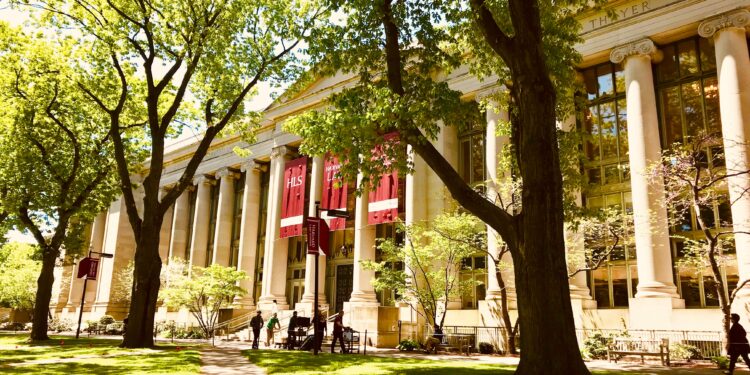AFFIRMATIVE ACTION. IS IT STILL NEEDED? OR IS AMERICA ALREADY EQUAL?

Though many say affirmative action lowers the academic standard for admission to top universities, it enables less fortunate people to get an opportunity otherwise not given to them in their academic journey. Because of our faulty education system, we should push for affirmative action to help discriminated parties get a fair chance at opportunities.
What’s affirmative action?
Affirmative action is defined as a set of procedures designed to: eliminate unlawful discrimination among applicants, remedy the results of prior discrimination, and prevent such discrimination in the future. It was introduced formally by President John F. Kennedy under Executive Order 10925. In many SCOTUS cases, this executive order is referenced in making a decision on the presented facts.
Students of color are underrepresented
College enrollment has risen nationwide in the past decades, but minorities, especially Latinx and Black students, have become more underrepresented. Banning affirmative action worsens this problem and discourages students from applying to Ivy League schools for fear of being overlooked. For example, in 1996, voters in California approved an affirmative action ban known as Proposition 209. Before the ban, UC Berkeley and UCLA were a good representation of the California high school graduate class that was able to enroll in universities. After the ban, according to researcher Zachary Bleemer, Black and Latino student enrollment at UCLA and UC Berkeley decreased by 40%. Due to the drop, these minorities applied to less prestigious campuses. The UC in turn had to find multiple ways to increase enrollment of less advantaged students to promote socioeconomic mobility. Eliminating standardized testing as an admission requirement was one of them. However, the effort came with a heavy price tag as outreach programs and application review staff cost more than 500 million dollars. So with all the hassle, why not just endorse affirmative action?
Affirmative action helps colleges with equity
Historically banned groups highly benefit from affirmative action in terms of attending college. In the American education system, students of color have faced multiple barriers such as underfunding and fewer resources. Along with the legacy preference, when colleges favor students who’ve had family attend in the past, which benefits white students more. With affirmative action in place, it encourages college admissions offices to take a better look at nontraditional factors that could make students perform well.
What would happen if affirmative action disappeared?
In the past, many have argued that because of affirmative action, the minorities admitted to these ivy league colleges are not equipped with the skill to make it through the rigorous courses they offer. Others say that because of affirmative action, minority students don’t have to bother with striving for a 4.0 GPA if a 3.2 is all it takes to get admitted. But in all actuality, affirmative action doesn’t guarantee a minority student automatic admission. Black and other minority groups have to work hard to overcome struggles that are presented to them in this day and age, and this applies to school choice as well. As Justice Elena Kagan said during the Students for Fair Admissions trials, “…we are not yet at the point where we can close the door on affirmative action in the name of color blindness, nor can we pretend structural racism no longer exists.” Affirmative action acts as a way to help these minority groups in getting a better chance at higher education as well as helping everyone in the process. Having minorities in the learning place undoubtedly helps the learning environment and should be strived for.
Conclusion
With the already stunted education system in the US, Colleges should strive to include affirmative action to help boost diversity and opportunities for the disadvantaged. Banning affirmative action brings more harm than good regarding budgeting and education experience. With it in place, it can help millions of POC students nationwide.




